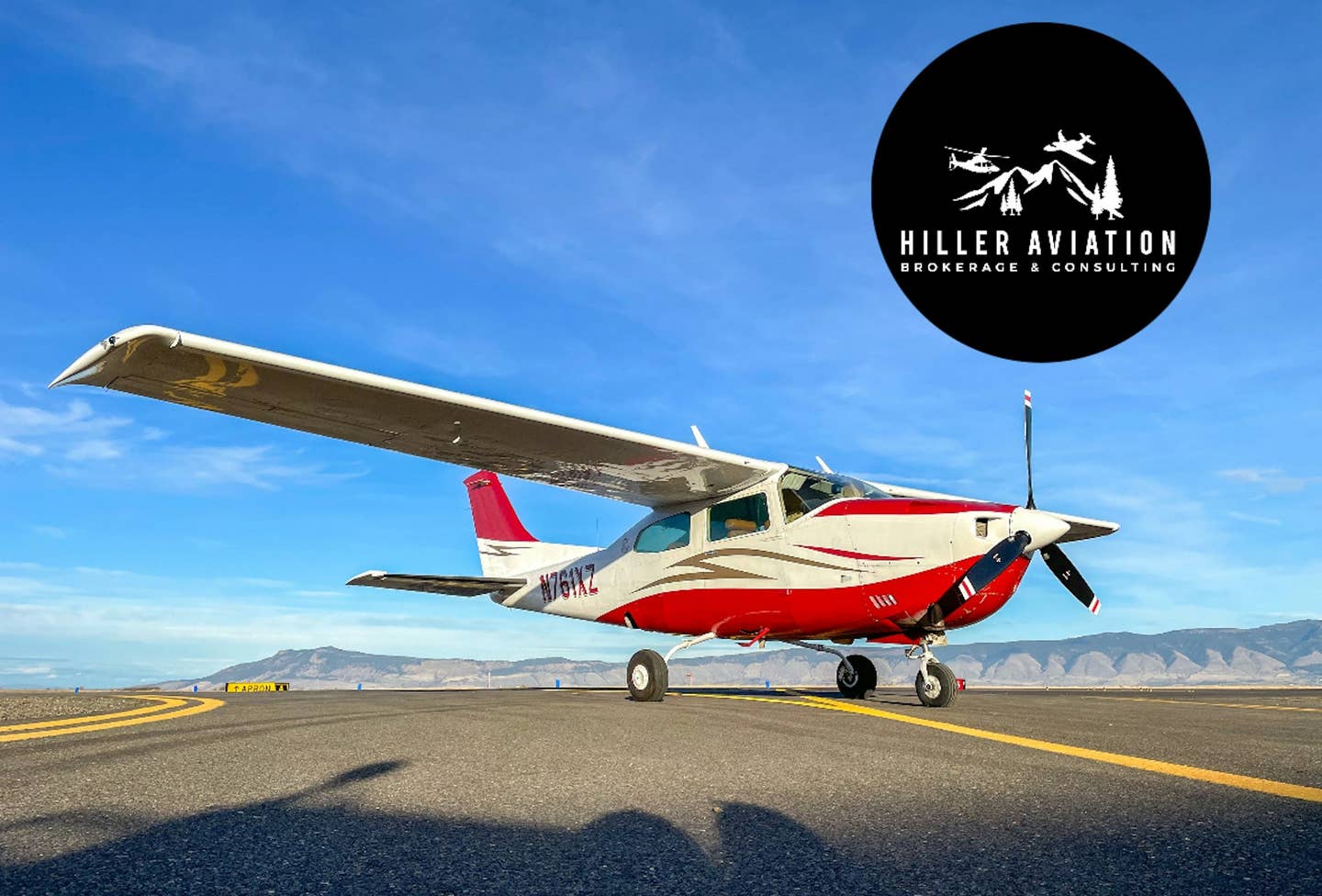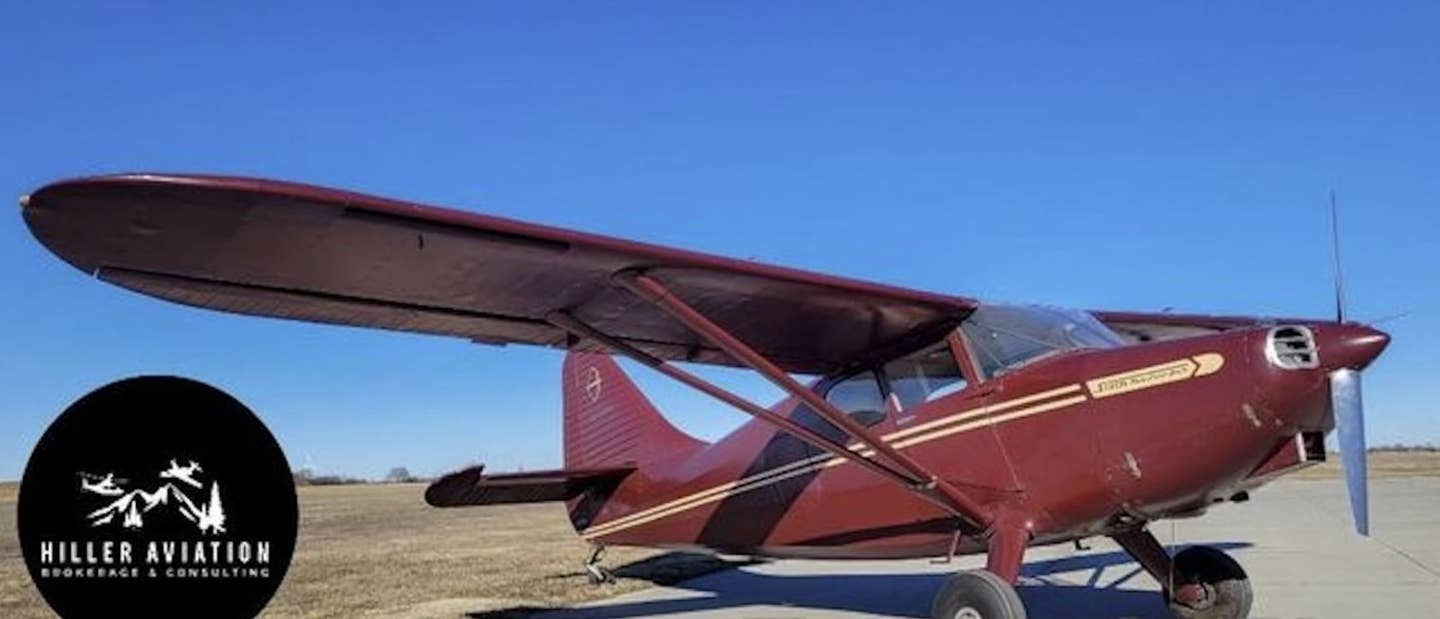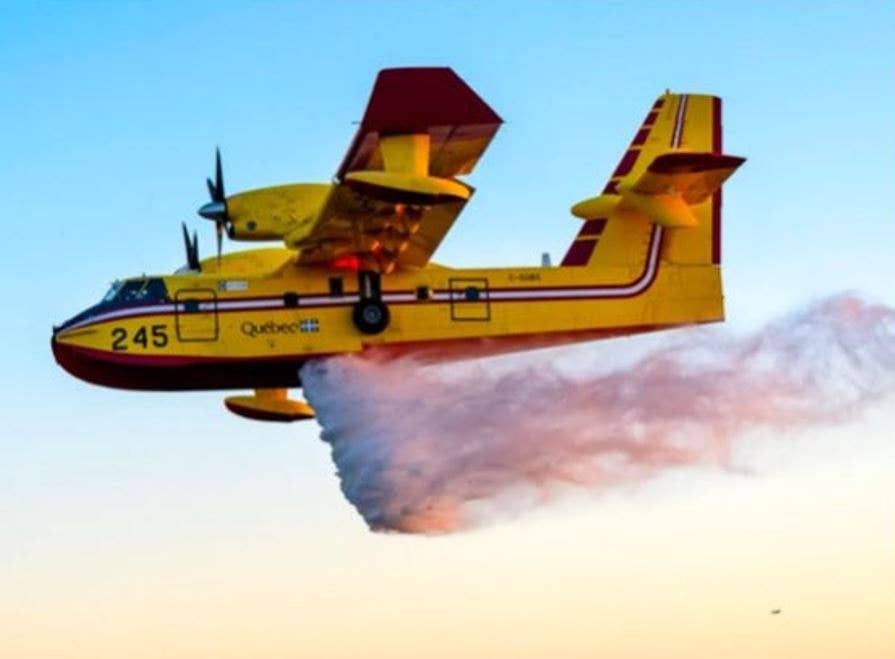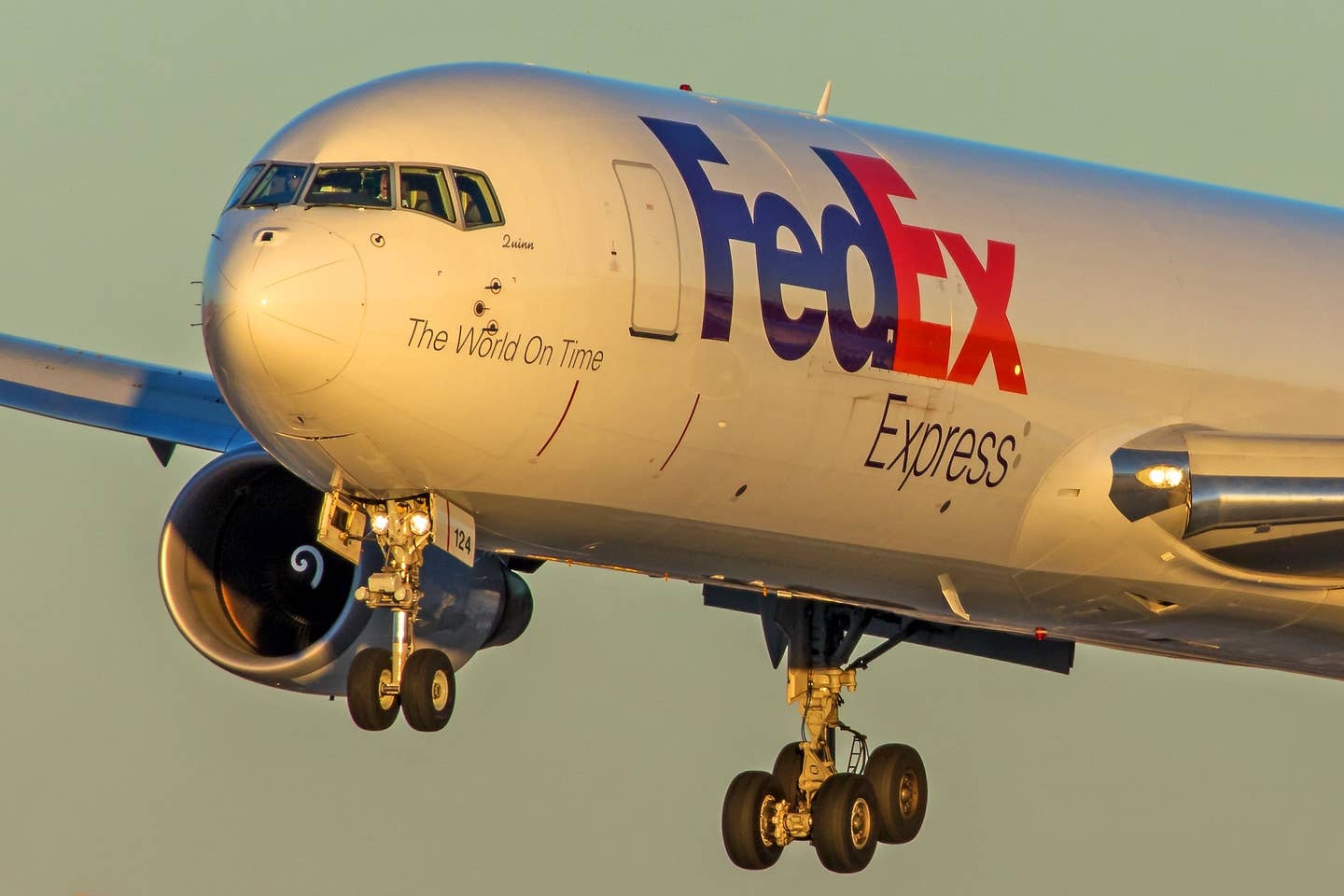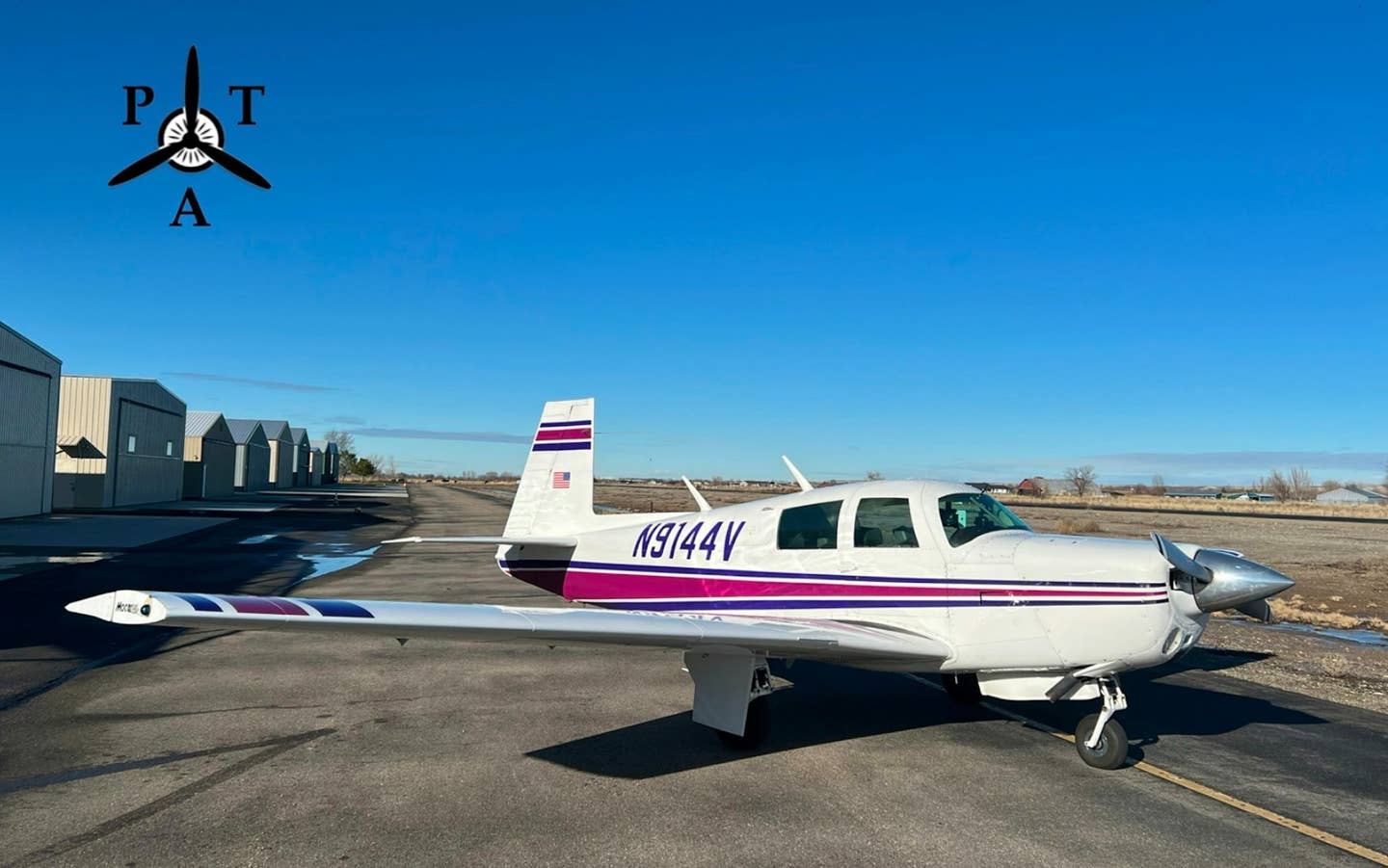
**Jeremy Constant with his homebuilt
RV-7A.
The hat is familiar — A cream-colored baseball cap with the capital letters VAF (for "Van's Air Force") embroidered across the front of it. What's eye-catching is the rest of the outfit: an immaculate black tux, with tails, worn by a smiling man cradling a Stradivarius violin in his arms. Oh, yes. And then there's the setting: front and center stage at the famed Carnegie Hall in New York City.
Go to the website of Van's Air Force (vansairforce.net), which is the informal pilot/builder community forum for owners of RV kit aircraft, and you can find photos of any number of VAF hat sightings, from couples vacationing at the pyramids to Air Force pilots sitting in their "day job" aircraft. But the Carnegie Hall photo speaks of something far more intriguing and unusual: a man whose heart and soul has found room for two completely different and consuming passions, either one of which could easily have occupied his time and focus for a lifetime.
The man in the picture is Jeremy Constant, the assistant concertmaster for the San Francisco Symphony, concertmaster for the Marin Symphony Orchestra and concertmaster for the Sun Valley Summer Symphony. He attended the prestigious Juilliard School of Music in New York, studied with the legendary violinist Itzhak Perlman … and just completed the first flight in his homebuilt RV-7A. The airplane took him 7½ years to complete — or, roughly, half the amount of time he's been a pilot.
I've known many people who've pursued flying as a hobby, people who've gravitated to flying as a way of feeding a heart, soul or adventurous spirit that has not been fully sated by the way they make a living. So why did it surprise me so to find the assistant concertmaster of the San Francisco Symphony riveting wing parts in an East Bay hangar?
A couple of reasons.
For starters, becoming a leading violinist in one of the world's leading orchestras is no mean feat. It's not something you apply for because you can't figure out what else you might like to do. Constant tells me that for every symphony audition, there are at least 500 qualified applicants competing. So becoming a world-class violinist is a lot like becoming a gold-medal athlete. It's not a job — it's a passion. It has to be, or you'd never put up with all it takes to get there and stay there. You start young, focus intensely and do little else except that one all-consuming pursuit.
Even once you get the gig, it's a job that requires an enduring level of passion and commitment. Constant acknowledges that most of his colleagues in the San Francisco Symphony don't even play in any other orchestras, let alone pursue any other absorbing avocations, because it's "so physically and emotionally taxing."
There are people who have that same level of immersion, dedication and focus in the field of aviation. Some of them build airplanes, some of them fly airplanes, and a rare few do both. But most of the people I know who build or restore an airplane do not have another consuming passion in their lives. There just aren't enough hours in the day.
So that's one reason I was so surprised to come across Jeremy Constant at Livermore Municipal Airport. The second reason is just that classical music and aviation — as passionate, absorbing, participatory endeavors — tend to attract very different types of people. Most of the serious builder/pilots I know have a serious left-brain streak of engineer somewhere in their soul. They like manuals, numbers and black-and-white answers and favor decisive action over nuanced contemplation of cultural subtleties.
My knowledge of professional musicians is less thorough, but I studied a musical instrument for 11 years, went to music camp as a teenager and knew several people in college who were pursuing classical music as a career. And the hard-core musicians I knew tended to be right-brained poets and romantics who saw life through multiple interpretive lenses and rarely pursued physical challenges with the gusto with which they attacked Mahler and Mendelssohn.
So how did Jeremy Constant end up so immersed in two such different worlds?
The music came first.
"Music was considered part of our education, growing up," says Constant, who grew up in the small college town of Waterloo, Ontario.
He started violin lessons at age 7 and was playing in a youth orchestra by the age of 11. As a teenager, he was invited to play in the area's adult orchestra, where he became entranced with the idea of being "part of this huge thing, making this unbelievable sound."
Constant says that while he hated practicing, "I loved performing and hated the idea of sounding bad in public. So the two great motivators in life — joy and fear — this was both of them."
Violin playing also came fairly easily to him, so by the time he graduated from high school, he decided to try to make a living at it.
"Having it come that easily to you, and having it be a source of that much enjoyment to you, why wouldn't you want to make a living at it?" he says, laughing.
Constant went to Juilliard, but the focus there, he says, was on pursuing a career as a soloist. He did some quick math and figured out the chances of success at that were so infinitesimally small, and the stress so high (three classmates committed suicide in the first three months he was at the school), that he decided to pursue an orchestra career instead. In 1980, Constant won a position with the San Francisco Opera. Four years later, he was selected for the San Francisco Symphony.
Playing for a major symphony orchestra provides a tenure-track job with good benefits and pay. But, Constant says, it presents a challenge that "nobody tells you about" — a challenge that drove him to pursue not only concertmaster positions in other orchestras, but a pilot's license as well.
The challenge is that symphonic music is, Constant says, "very much a large, collaborative effort. It's like making a mosaic with 100 different people rather than being the painter. After spending years honing your ability to convey your voice, this job requires suspending all of that and finding that incredibly elusive balance between contributing and not sticking out. It's a completely different skill set and mental state, and it's not necessarily compatible with why you went into the business."
It was that unrequited sense of individual freedom and control that eventually drew Constant out to the airport.
"A large portion of why I pursued flying, and what I love about it," he says, "is that 'pilot in command' means just that. Pilot in command. Flying is an outlet for absolute control that many of us crave, on some level. Whether we've got the guts to pursue it is another question. Lots of people want it, but not everybody is willing to do what's necessary to have it."
Flying also offered him a way of broadening how he identifies himself, which has become more important as the years have gone on and he's seen injuries end colleagues' music careers.
"The first time I got injured … at the first prospect of maybe not being able to do [music] anymore, I realized that I needed other pursuits and sources of satisfaction and challenge," he explains. "From the time I was 8 years old, [music] was my source of validation. Being a violinist wasn't what I did; it was who I was. Now, I know I've done something extraordinarily challenging that wasn't music, and had some success at it. And that's given me a more balanced sense of my identity outside of any one activity."
Surely a busy concert violinist could simply rent an airplane every now and then, or buy one ready to fly, instead of spending seven years building one. True, Constant says. But he was a nervous pilot and flyer, distrustful of the machinery he was flying because he didn't understand it. Building his own airplane forced (or allowed) him to learn the workings of each piece and component.
"The knowledge I have now was hard-won," he says. "Knowing what I know now, would I do it again? I have no idea. But I'm grateful I did it."
Constant also credits the incredibly supportive community at Livermore airport with allowing him to take on a building project without prior mechanical or engineering training or experience.
"There's an incredible wealth of knowledge and goodwill at Livermore," he says.
Other builders offered tools, assistance and invaluable bits of wisdom about both building and flying a new aircraft. And in January of this year, Constant took his first flight in his new RV-7A — a moment and day he says is one of the best he's ever known. Right up there with playing Scheherazade as concertmaster.
Constant knows that he's a bit of an anomaly, keeping one foot in each of two such different worlds.
"There's not much overlap between the two," he acknowledges. "But that's the upside. I needed something that was a total break from the music, because it's so intense. And in terms of a total break, [flying] can't be beat."
Every now and again, though, the two worlds do touch. Constant was playing an outdoor concert last summer as concertmaster of the Sun Valley Summer Symphony when he looked out into the audience and saw some familiar-looking faces.
"It took me a minute to figure out who they were," he says with a laugh, "because I play in more than one orchestra, and I have these different worlds."
Then he recognized them. They were a group of his Livermore airport friends who, unbeknownst to him, had organized a fly-out to Idaho to see him play.
He paused as he recalled the day, the gesture and the gift of friends willing to venture out of their world to find and meet you in yours. A broad smile spread across his face.
"That," he said, "was pretty cool."

Sign-up for newsletters & special offers!
Get the latest FLYING stories & special offers delivered directly to your inbox

